However if you use actual physics there is no reason a Destroyer shouldn't be faster and more maneuverable than a fighter.
Ah I did misunderstand the perspective.
In actual physics, larger ships will not be slower., they will accelerate slower. There is a difference, and you don't have to mention agility, since all agility comes from acceleration. The formula for this is incredibly simple, and unless it is acted on by another force, the ship will automagically fly in a perfectly straight line. no need to sit and watch it. Some stuff you probably already know...
From newtonian physics, which is the "good enough" model that can get you to a moon or planet
the formula is:
a = F/m (force / mass)
or slightly more complicated, but used in space flight flight
a = Δv / Δt (change in velocity / change in time)
If you work it out, they're both the same equation.
And, it turns out that being in a planetary gravity well just messes with you because by definition, the straight line is bent into a circle around the planet, and is called an orbit. The atmospheric flight model is actually identical too. You still have the orbit, but the calculation of F is complicated by the forces resisting the movement of the ship from the atmosphere. That's lift and drag. Throw a baseball or football, shoot a rabbit with a 22, or launch a space plane.... physical model does not change.
BUT we are in CIGs universe in the game and they have a truncated physics engine and weird atmospheres that end with a thud even if you're only moving at 150 m/s, at weird altitudes that
seem to imply that CIG used meters to represent feet, or even inches in the case of some of the moons. And a hand full of other anomalies. This is all for gameplay, and we have to view it from that perspective in the game, in CIG's universe. I accept that in the game.
The only thing I'm saying is that even in CIG's universe, there is no reason to make ships fly slower
just because they are bigger. If I add more thrust, I should get a different acceleration AND a different final velocity. There is no reason why a capital ship shouldn't be able to fly faster than an Aquila, but I don't think (for gameplay reasons) that they should fly faster than a fighter.
(My opinion) The effect in the game of not doing this is that ships are too predictable, and the predictability removes some skill that shouldn't be removed, like courage, and tactical awareness, and replaces it with blind luck and twitch - two things you have far more of when you're 23, than you do when you're 40, even if you're in perfect health, and even if you're not aware of it yet.

